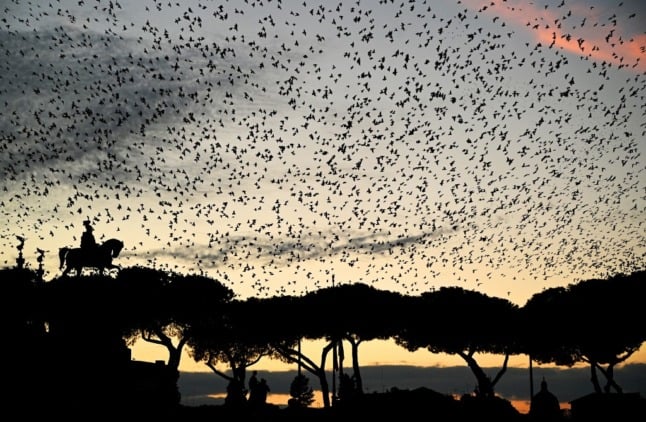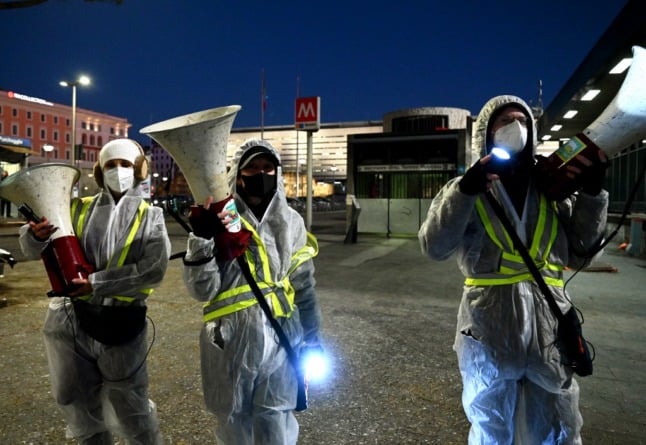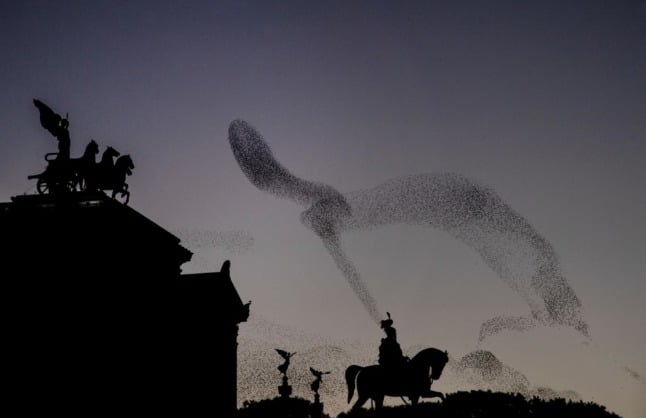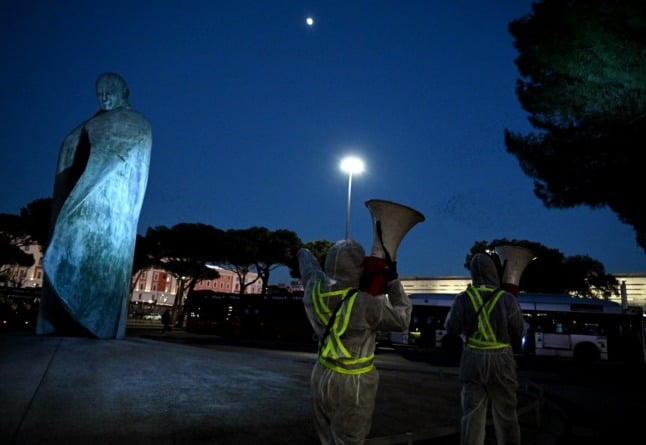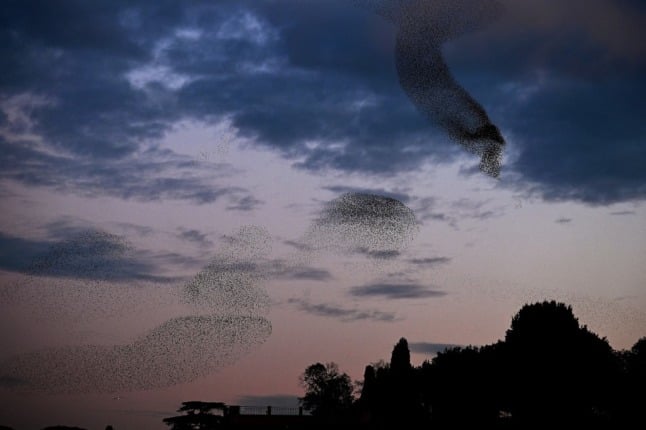Opinion: Why democracy in Africa needs a rethink
In light of a fresh wave of coups, DW’s Abu-Bakarr Jalloh writes that Africa needs to reexamine its relationship with democracy — and the West should reexamine its relationship with democratic-turned-autocratic leaders.

A Burkina Faso newspaper announces the coup that overthrew President Roch Marc Christian Kabore
The year 2021 went down in history as the year when military coups returned to Africa.
In just a few months, the African continent witnessed dozens of coups and attempted coups in Mali, Guinea, Sudan and Chad. So far, 2022 has been no different. Last week, a military junta took power in Burkina Faso.
For people who were around in the '60s, '70s and '80s — the heyday of coups across the continent — it feels a bit like deja vu.
The reason for the coups? People's patience has run out.
Western double standards
Many in Africa are questioning the tenets of democracy and are asking whether it's still relevant in the continent today.
Across different social media platforms, I've come across many anti-democracy and anti-Western sentiments. Much of the frustration seems to be directed at democratically elected leaders who were hiding an autocratic streak, living extravagant lifestyles despite their poorer populaces. It's not uncommon for these leaders to change their constitutions for political gain and shutter civic space to block dissenting views.
This is all happening under the watchful eyes of the pioneers of democratic governance — Western Europe and North America. But, instead of taking action, these Western nations legitimize the dirty habits of these democratic-turned-autocratic rulers by prioritizing their own economic interests over rights abuses and corruption.
On the one hand, Europe and North America pour billions into the continent to promote good governance and support the fight against poverty and corruption. But, on the other hand, they also offer financial backing to Africa's dictatorial leaders in exchange for unfettered access to natural resources.
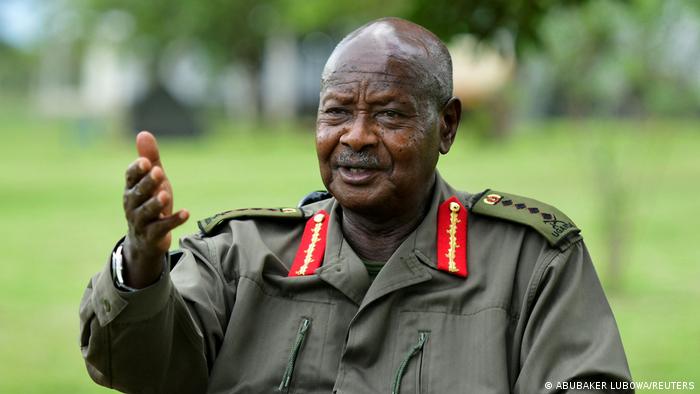
Yoweri Museveni has ruled Uganda for 36 years and has been accused of human rights abuses and stifling opposition voices
The United States, France, Germany and Norway openly criticize the arbitrary arrests of opposition politicians in Uganda and police brutality in Cameroon, Kenya and Nigeria. But they continue to import their raw materials from those countries. The Democratic Republic of Congo is embroiled in a protracted war in which the biggest victims are civilians. But that's no problem for the West — as long as the supply of cobalt and coltan continues to flow and power their smartphones, smart cars and smart homes.
These double standards have consequences. After 60 years of development aid, Africa remains the poorest continent in the world and still suffers the highest number of protracted civil wars.
I know: It's better to work with the devil you know than the angel you don't, right?
But many Africans are growing sick and tired of this line. They've finally lost their patience. So they're making their voices heard with the biggest and most influential tool at their disposal: the internet. Politically ambitious military colonels have heard their cries, and they're responding.
The search for benevolent dictators
African scholars such as former International Monetary Fund executive Dambisa Moyo and the continentally renowned Kenyan political professor Patrick Loch Otieno (PLO) Lumumba have lauded the benefits of strongman leadership unbound by terms or age limits.
A benevolent dictator, if you like.
Against the backdrop of failed multiparty democracies across the continent, this idea has fallen on attentive ears.
Some of the world's most famous strongman leaders — from Russia's Vladimir Putin to Turkey's Recep Tayyip Erdogan — have become political rock stars among African millennials, despite their utter disregard for human rights and their routine silencing of journalists and opposition politicians.

Young Africans are taking to the streets — in some cases to demand longer terms for sitting junta governments as in Mali
Amid this resurgence of coups, I believe that democratic governance is more needed than ever in Africa. Not benevolent dictators. People should be able to make fun of a president's funny hat without getting thrown in jail. As someone who grew up in Sierra Leone in the 1980s, I knew all too well what would happen if you even mentioned dictator Joseph Saidu Momoh's name in simple conversation.
From communism to monarchy, the very fabric of modern-day nations hinge on the nuance of politics. With all its flaws, democracy has emerged as a strong global system.
Nearly all African states have tried this form of governance after their independence from colonial Europe. But generation after generation has achieved little since.
Untie the stalemate
The existing regional economic bodies have failed to deliver to or meet the interest of Africans. The African Union is not held in high regard either. In fact, many now view these institutions as support clubs for dictatorial regimes.
Western nations also lost their moral high ground when they chose to "hear no evil, see no evil, speak no evil."
But all is not lost. I believe that the coup trend can be bucked and democratic governance can return to Mali, Guinea, Chad, Sudan and Burkina Faso.
But African elites need to rethink what multiparty democracy means for them and what form it should take in order for it to prevail on the continent.
Western nations must also be ready to form new partnerships with African leaders that are visibly helping their people. They must also be prepared and willing to cut ties with leaders who fail their nations. Even if that hurts their political and economic interests.
Edited by: Ineke Mules











